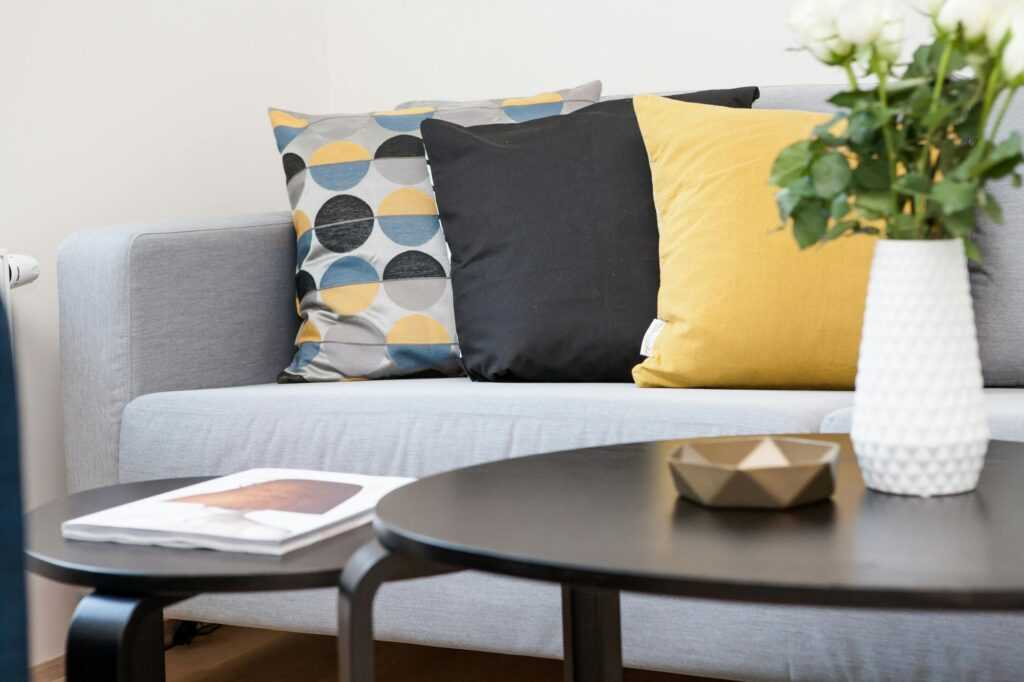Building a sustainable home isn’t just the latest fad; it’s going to be the industry standard that will save you lots of dough and Mother Earth lots of trouble. Simple upgrades — from better insulation to more efficient appliances — can help save energy and money without sacrificing comfort. It can seem difficult to determine what solutions make sense, but the right strategies do matter.
Collaborating with pros, such as lenders here at LBC Mortgage, can help you investigate options for financing energy-efficient upgrades to make sure your improvements work within your budget. By implementing these strategies, from minor adjustments to significant improvements, you will not only lower your expenses but you will also add value to your home for the long term. Easy, practical changes that add up to a safer, more sustainable home.
Upgrading Home Insulation for Maximum Efficiency
Having a well-insulated house is the basis of energy efficiency. Insulation helps to keep heat in during the winter and out of your home during the summer, which means less work for your heating and cooling systems. Many American homes don’t have adequate insulation in the attic, walls, or basement, allowing heat to escape and energy bills to rise. One of the most affordable updates you can make is adding insulation.
Attic insulation is one of the simplest places you could begin. Installing a layer of fiberglass batts or blowing in cellulose significantly reduces heat loss. Walls are trickier to insulate, but methods like spray foam insulation or blown-in insulation can fill in the gaps without having to undergo a large renovation. Don’t overlook floors over unheated spaces, such as garages and basements — these can lose a lot of heat as well.
Caulking air leaks around doors, windows, and vents is a good follow-up to insulation improvements. Even tiny gaps can lead to drafts and make your HVAC system work harder. You can feel the difference in weatherstripping, caulking, and installing insulated doors and windows.
Proper insulation also improves comfort. Rooms stay at an even temperature, and cold spots or too warm zones by windows are less of an issue. Energy bills over time will drop, and your home’s resale value could rise. Initial costs range widely depending on the materials used and size of the home, but most operators say they recoup that investment in just a few years — particularly in places with extreme temperatures.
Smart Appliances and Energy-Saving Devices
Upgrading to energy-saving appliances is a tangible way to lower your energy usage. Today, there are modern ovens, dishwashers, washing machines, and refrigerators that use far less electricity than they did even ten years ago. Search for the ENERGY STAR labeling to find appliances that meet strict energy efficiency guidelines.
The use of smart thermostats is another useful device. They learn your typical day and adjust temperatures accordingly, wasting less energy while a room is empty. Some are even smartphone compatible, enabling control while you’re away from your home to better manage energy use.
It is the small things that make a big difference, and it’s also true when it comes to lighting. LED bulbs use up to 80% less energy and last many times longer than a standard incandescent bulb. Motion sensors and timers help keep lights on only when they’re needed, particularly in little‐used areas such as hallways or garages.
Surge protectors with auto-shutoff capabilities block “phantom” power used by devices when they’re turned off. Computers, TV, and chargers are still using up energy when they’re turned off — and smart strips can put a stop to this phantom drain.
Even the tiniest of gadgets can add up. Low-flow shower heads and faucet aerators help you reduce the energy required to heat water, and smart irrigation systems for outdoor gardens cut off that literal waste of water and corresponding energy. These tools can reduce not only your utility bills, but also the impact of your home on the planet—showing that every day decisions make a difference in more ways than one.
Efficient Heating, Cooling, and Ventilation Systems
The HVAC system eats the most energy in a normal house. High-efficiency models can cut energy use dramatically and improve your comfort. Newer furnaces, heat pumps and air conditioners have better efficiency ratings and more advanced technology to make home temperatures even while using less energy.
The same goes for regular maintenance. By cleaning filters, examining ductwork for leaks, and verifying refrigerant levels are appropriate, to can avoid wasting energy. Even minor issues, such as clogged vents or dirty coils, can decrease system efficiency 10% to 20%. There are several specific strategies to increase the efficiency of your HVAC:
- Replace antiquated equipment – Modern furnaces, heat pumps and air conditioning systems consume less power and remain at a steadier temperature.
- Continue to perform regular maintenance – If filters are clogged, ducts leak, or the system loses refrigerant, even criminals wouldn’t be able to keep those bills down.
- Install zoned heating and cooling – Don’t heat/cool rooms you’re not using.
- Install programmable thermostats – So that you can set the temperature to change automatically according to your timetable, and save.
Combined, these strategies create a comfortable home while lowering energy bills.


 Deborahn McKenneyster, the founder of Residence Resale Tactics, is a dynamic leader with a deep-rooted passion for the real estate market. With years of experience in the industry, Deborahn has cultivated a reputation for her strategic acumen and innovative approach to property resale. Her journey began as a real estate agent, where she quickly recognized the need for a platform that provides actionable insights and practical strategies for agents, investors, and homeowners alike. Deborahn’s vision was to create a resource that not only offers the latest market news but also equips users with the tools to navigate complex transactions and achieve success in a competitive field.
Under her leadership, Residence Resale Tactics has become a trusted source of information for real estate professionals, delivering expert guidance on everything from market trends and investment strategies to creative marketing techniques. Deborahn's commitment to empowering others is evident in her dedication to curating content that is both timely and relevant, helping clients enhance their knowledge and make informed decisions. Her innovative mindset and passion for real estate continue to drive the platform forward.
Deborahn McKenneyster, the founder of Residence Resale Tactics, is a dynamic leader with a deep-rooted passion for the real estate market. With years of experience in the industry, Deborahn has cultivated a reputation for her strategic acumen and innovative approach to property resale. Her journey began as a real estate agent, where she quickly recognized the need for a platform that provides actionable insights and practical strategies for agents, investors, and homeowners alike. Deborahn’s vision was to create a resource that not only offers the latest market news but also equips users with the tools to navigate complex transactions and achieve success in a competitive field.
Under her leadership, Residence Resale Tactics has become a trusted source of information for real estate professionals, delivering expert guidance on everything from market trends and investment strategies to creative marketing techniques. Deborahn's commitment to empowering others is evident in her dedication to curating content that is both timely and relevant, helping clients enhance their knowledge and make informed decisions. Her innovative mindset and passion for real estate continue to drive the platform forward.